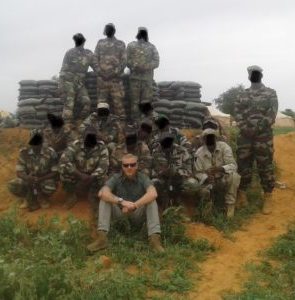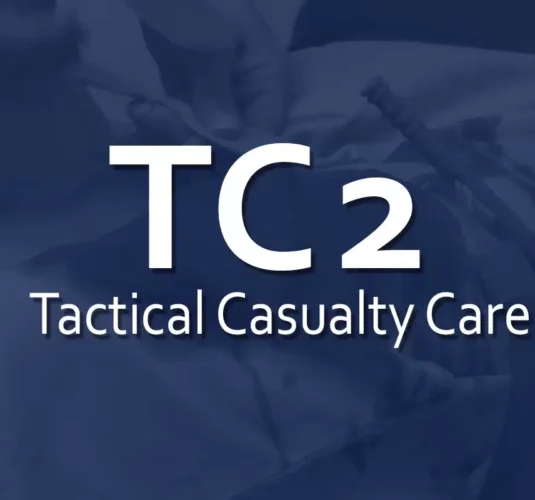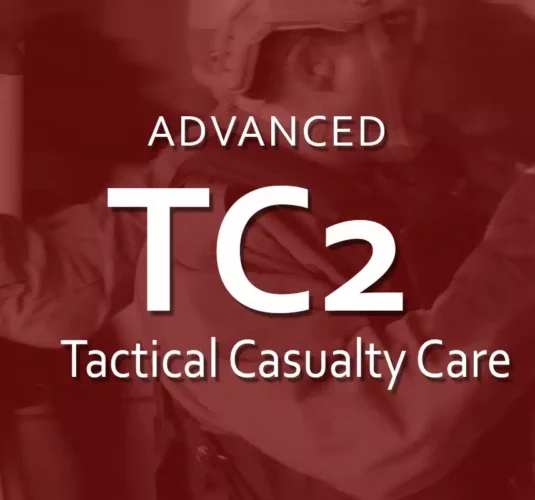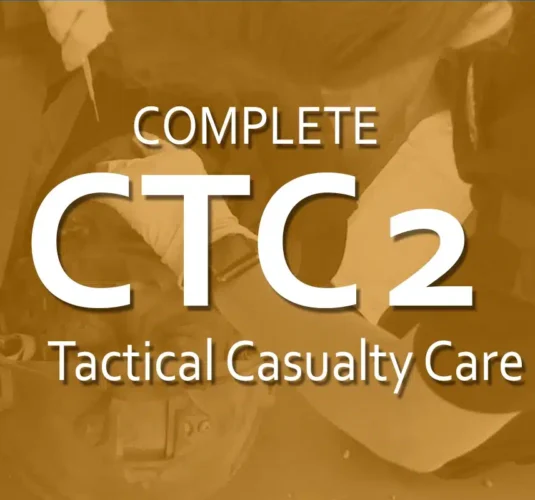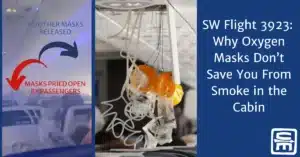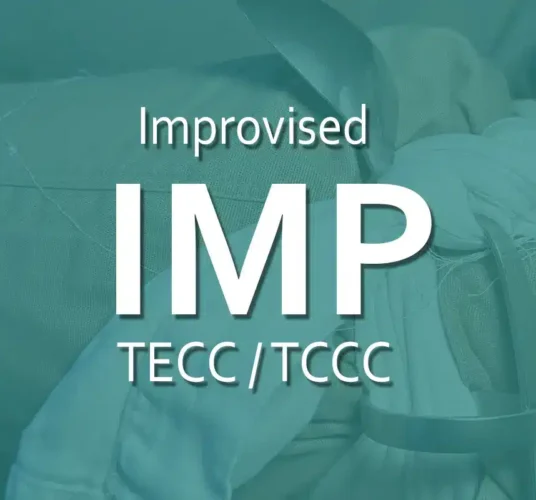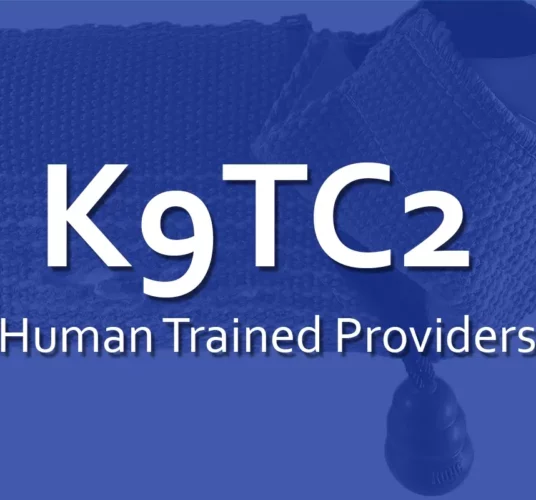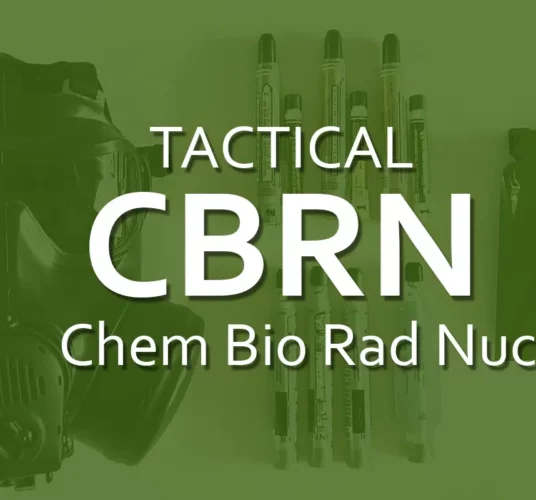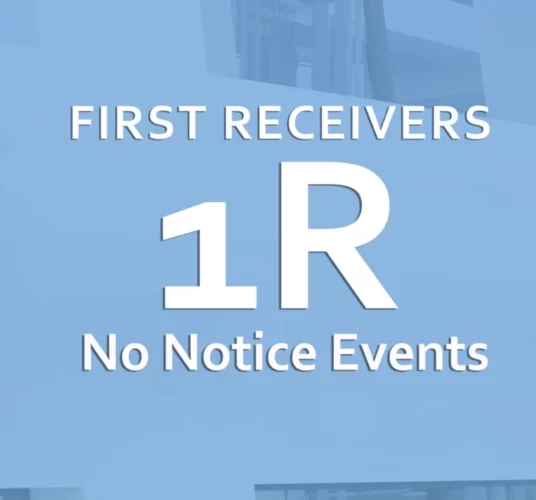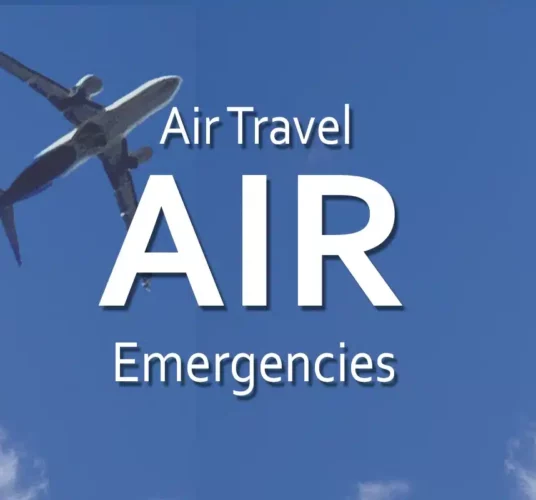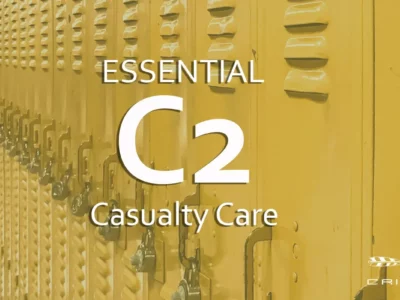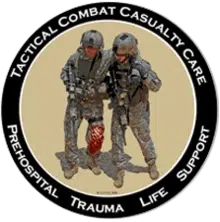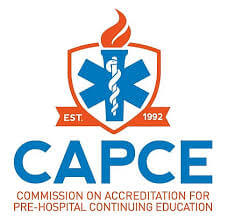TEACHING AND TRAINING TACTICAL CASUALTY CARE
Learn online, on your time. When and where you want to train. Start immediately.
A physician can teach you medicine. An operator can teach tactics.
We teach you both. Tactically relevant casualty care for high-risk environments.
ONLINE CLASSES: Begin Training Now
Where to start? Our classes don’t build on onthe another. Determine what your scope of pratice and goals are and take the class that meets your needs. Check the Which Course is Right for Me? comparison page.
Courses are asynchronous and self-paced. See FAQs for more information. Start with our TC2 series, and move on to specialized classes in CBRN, Air Travel, K9s, and Improvised.
Timing is everything
In any event, law enforcement arrives on average 4 minutes after the first 911 call; EMS arrives 4-10 minutes later. In the first 10 minutes, any care a casualty receives is performed by bystanders (Active Bystander) and secondarily, by law enforcement. Many casualties can die within this time frame without life-saving intervention.
High Risk
environment
Wounded can occur from: active shooter events; active violent incidents (think Boston 2013); unstable buildings due to collapse, bombing, or fires; or natural disasters; all of which are high-risk environments.
With tactically relevant medical training and a plan, you can provide this care.
Priorities of Care
Traditional EMS priorities of the ABC model (airway, breathing, circulation) misses the point that the whole purpose behind an open airway is to oxygenate the blood, which is best kept in the body. Controlling massive hemorrhage is the first priority in saving trauma patients and avoiding unnecessary deaths.
TECC/TCCC Guidelines
We train TECC and TCCC guidelines together in each course. These courses use photographs of actual injuries, diagrams of wounds, and step-by-step demonstrations. The material is presented in an easy-to-understand, directly applicable way. Each of our courses utilizes and addresses both the TECC and TCCC guidelines.
M-A-R-C-H
Utilizing the mnemonic MARCH (Massive hemorrhage, Airway, Respiration, Circulation, and Hypothermia prevention), Crisis Medicine employs a fast-paced, dynamic, hands-on, skills-station-heavy, and scenario-based approach to teaching life-saving techniques and interventions.
You can train
We train TECC and TCCC to private citizens, military, first responders including Law Enforcement, Fire, and EMS from the Basic, Paramedic, and physician levels in the management of injured and wounded patients in high-risk environments.
You will have a tactically relevant plan and the skills you need to implement it.
New Articles
Once you're confident in your TECC/TCCC skills, there's more.
New to TECC / TCCC? Start here.
Taught by Mike Shertz, MD-18D, a former Army Special Forces medic and practicing emergency medicine physician, Dr. Shertz combines the medicine and tactics together in an easy-to-watch course, which you can complete as you have time.
Grounded in Special Operations Forces medicine, tempered by Emergency Medicine and EMS best practices.
Courses are asynchronous and self-paced. See FAQs for more information.
From our students...
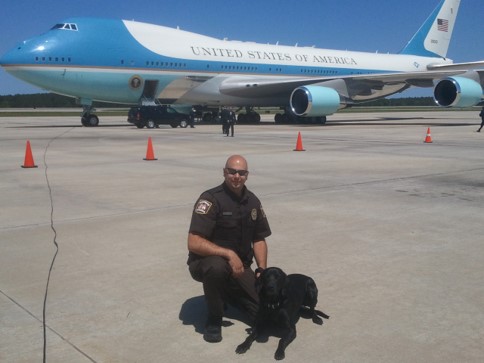
Dr. Shertz’s course was some of the best training I’ve received. He manages to provide a solid foundation and practice combined with a good amount of exploration of the different options available as far as gear, which is important when you may not know what will be available or approved at different sites. His presentation style is engaging, without devolving into war stories. His SF background is invaluable, and his ER experience makes the information provided relatable and actionable for civilian and LEO EMS professionals who aren’t downrange. He covered everything that we covered during my initial TCCC training, but with updates and additions that helped me integrate the TECC principles to my everyday EMS and tactical practice.
I would recommend this online course to anyone.

